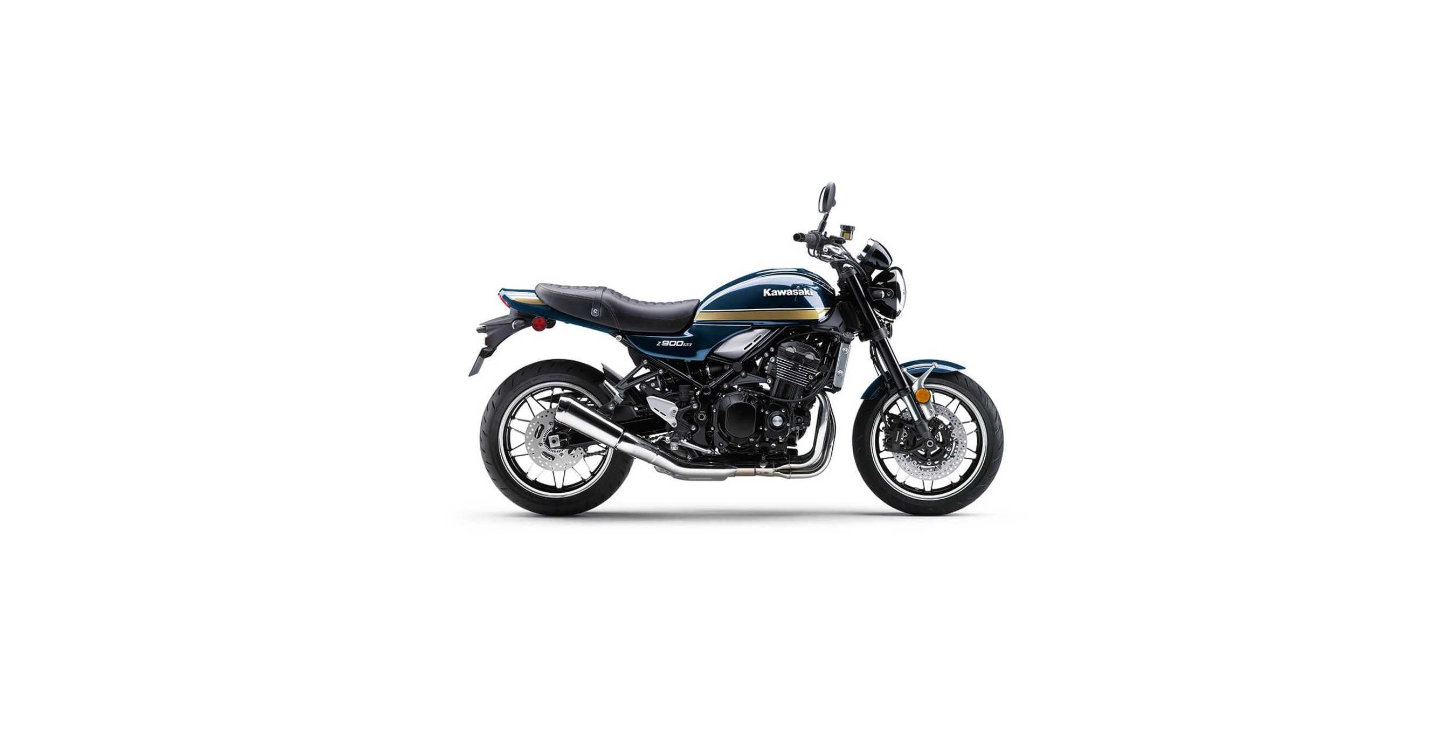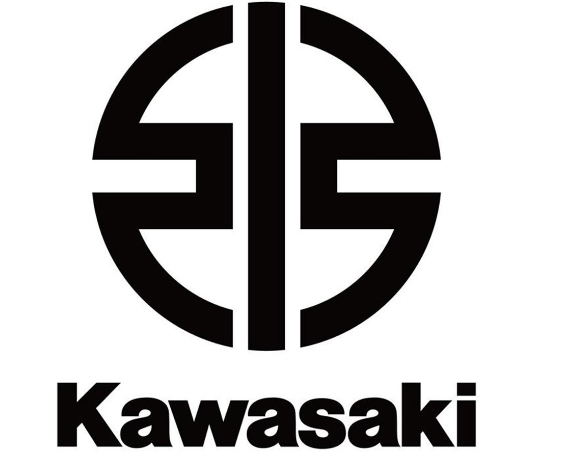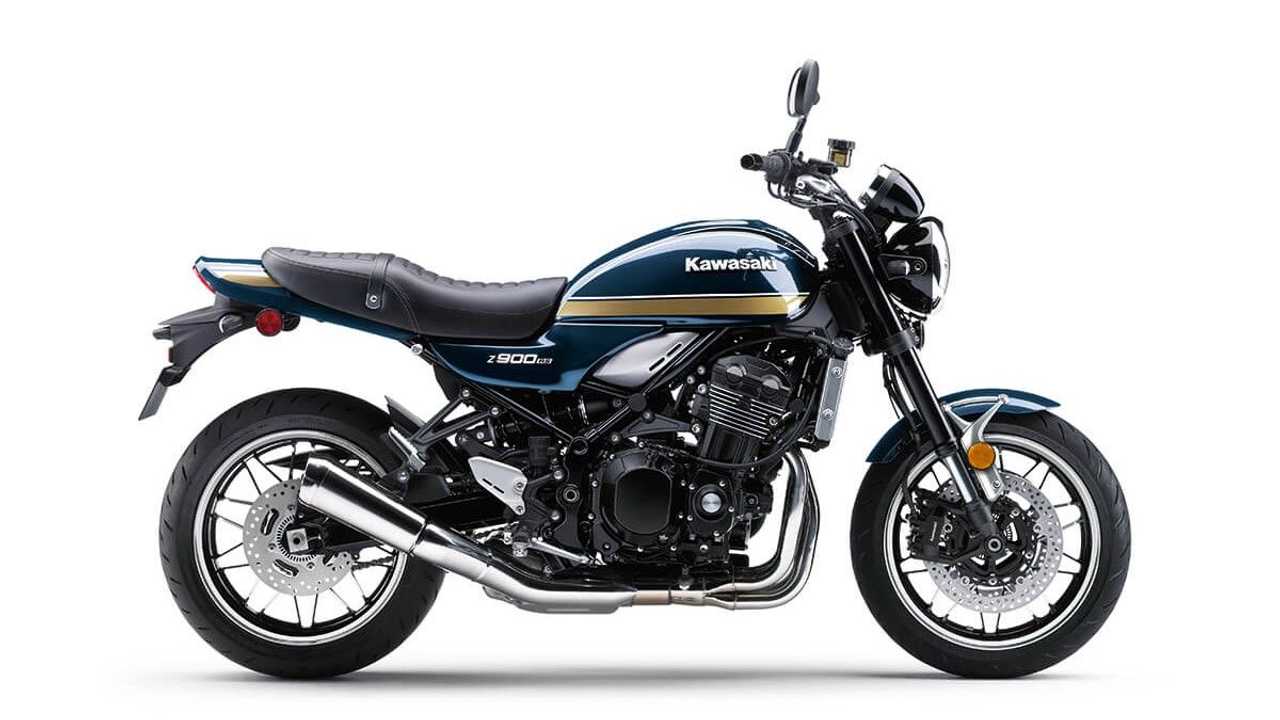2022 Kawasaki Z900 RS Troubleshooting Guide
Troubleshooting Guide
If a Problem Occurs
Performing daily checks and periodic maintenance prevents unexpected troubles from occurring. In case of a breakdown, take emergency measures and contact your Kawasaki dealer to request repair. For safety, inspection and maintenance should be done within your knowledge and ability. If you are not confident in completing an inspection or maintenance, ask an authorized Kawasaki dealer to do the work.
WARNING
- When carrying out an inspection, follow the precautions below.
- Secure a place where you can work in safety without obstructing traffic around you. Do not carry out any inspection unless it is safe.
- Support the motorcycle on a firm, level surface with the stand.
- The engine and muffler will become hot during operation. To avoid burns etc., do not touch the hot engine or muffler just after the engine has stopped.
- Exhaust gas contains harmful substances such as carbon monoxide. Do not run the engine in an enclosed garage or poorly ventilated area.
- Wait until the engine cools down before carrying out inspection and maintenance or replenishing fuel. Make sure the area is well-ventilated and free from any source of flame or sparks. Do not place any appliance with a pilot light nearby.
- If a test ride is needed, ride in a safe area and pay close attention to traffic around you.
When any warning indicators go on or blink, have the motorcycle inspected by an authorized Kawasaki dealer immediately.
If the Engine Does Not Start
When the engine turns over but the engine does not start, inspect as follows.
- Check the fuel level in the fuel tank. If only a small quantity of fuel remains in the bottom, replenish the fuel tank. (Fuel in the tank cannot be completely consumed.)
- Leaving the motorcycle unused for a long time may cause fuel in the tank to deteriorate. In that case, ask an authorized Kawasaki dealer for an inspection.
- When the engine warning indicator on the meter goes on and stays on or blinks, there may be a problem with the fuel injection system. Ask an authorized Kawasaki dealer for inspection and maintenance.
- The motorcycle is equipped with a vehicle-down sensor which stops the engine automatically when the motorcycle falls down. When the starter button is pressed after the motorcycle has fallen down, the engine does not start. To start the engine, switch the ignition key to the “OFF” position and then back to the “ON” position.
If the engine will not start after completing the above inspection and maintenance, there may be something wrong with another system such as the ignition system. Ask an authorized Kawasaki dealer for inspection and maintenance. When the starter motor does not rotate, inspect as follows.
- Check the position of the engine stop switch. Push the engine stop switch in the O position if it is in the A position.
- Make sure that the gear position is in the neutral position. If not, shift the transmission into neutral.
- Inspect the fuse condition. If any fuse has blown, replace it with a new one of the same amperage.
WARNING
Substituting fuses can cause the wiring to overheat, catch fire and/or fail. Use
only standard fuses of the correct capacity and specifications.
- Check the battery cable connections etc. (see page 151). If necessary, tighten the connecting bolts to securely connect them.
- In case of slow blinking of the turn signal lights, low volume of the horn sound, or when you press the starter button and hear a click but the starter motor does not rotate, battery charging status is not good. Refresh the battery’s charge (see page 150) and check if the starter motor rotates.
- Even after a refresh charge, if the starter motor stops rotating the engine properly, the battery may have deteriorated. Have the battery inspected by an authorized Kawasaki dealer.
If the starter motor will not start after completing the above inspection and maintenance, there may be something wrong with another part such as the starter motor. Ask an authorized Kawasaki dealer for inspection and maintenance.
If the Engine Stalls or Runs Poorly
- Check the fuel level in the fuel tank. If only a small quantity of fuel remains, replenish the fuel tank. (Fuel in the tank cannot be completely consumed.)
- Raise the side stand fully up before starting the engine. (If you try to move off with the side stand is still down, the engine will stop.)
- Make sure that correct fuel is used. If not, replace the fuel the correct type (see page 77).
- Due to too much play in the clutch lever, the clutch may not disengage. If there is any problem, adjust the clutch lever free play correctly.
- In case of slow blinking of the turn signal lights, low volume of the horn sound, or when you press the starter button and hear a click but the starter motor does not rotate, the battery is discharged. Check the connections of the battery terminals for looseness (see page 151). If necessary, tighten the bolts to remove the looseness. If the above methods cannot solve the problems, ask an authorized Kawasaki dealer for inspection and maintenance.
- If the warning indicator goes on and the coolant temperature warning indicator is displayed, the engine may have overheated. Check the coolant level in the reserve tank after the engine cools down. If the coolant quantity is less than the lower level, replenish the coolant or soft water up to the upper level (see page 119). Ask an authorized Kawasaki dealer to identify the cause of the overheating immediately.
- When the engine warning indicator on the meter goes on and stays on or blinking, there is something wrong with the fuel injection system. Ask an authorized Kawasaki dealer for inspection and maintenance
If the engine stalls after completing the above inspection and maintenance, there may be something wrong with other systems. Ask an authorized Kawasaki dealer for inspection and maintenance.


